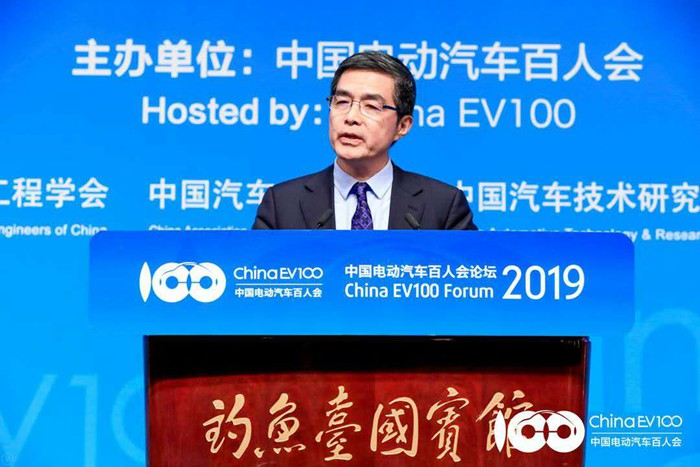On January 12th, the China Electric Vehicle 100-People Forum was held in Beijing. Ouyang Minggao, academician of the Chinese Academy of Sciences and executive vice-chairman of the China Electric Vehicle 100-People Association, attended the forum and delivered a speech titled “Outlook on the Technology Roadmap of China’s New Energy Vehicles”. The following is the full text of the speech. Enjoy. (44-page PPT attached at the end of the article)
Respected Chairman Wan Gang, Minister Miao Wei, Chairman Chen Qingtai, fellow colleagues, good afternoon! I will introduce the prospects of China’s new energy vehicle technology roadmap.
China’s new energy vehicle technology roadmap has gone through a long period of evolution, from energy-saving and new energy vehicles to pure electric drive technology transformation strategy, and then to the strategy of building a strong new energy vehicle country.
In November 2018, the National Committee of the Chinese People’s Political Consultative Conference held a “bi-weekly symposium”, in which some members put forward some new suggestions, calling for the formulation of a new energy vehicle development plan for 2035. First, we will look at the future development from the perspective of technology, and make prospects for pure electric power, hybrid power, fuel cell, and the integration of electrification and new energy.
Pure Electric Power
Since the application of lithium-ion power batteries in electric vehicles in 2008, it has been 10 years. The energy density of actual car products has increased by 2.5 times, achieving a revolutionary breakthrough in the field of battery storage for over a hundred years. Our goal for 2020 is 300 watt-hours/kilogram, which is a common goal worldwide, and China is fully prepared for it.
From the perspective of automotive use, the most important thing is the volume energy density rather than the weight energy density. Lithium-ion batteries are the most advantageous in this respect. Although the theoretical weight energy density of lithium-sulfur batteries and lithium-air batteries is relatively high, their volume energy density is currently difficult to surpass lithium-ion batteries. In this regard, we believe that lithium-ion batteries have the potential and prospect to become the mainstream technology for power batteries, but the bottleneck is the safety of high-specific energy power batteries.
There have been some safety accidents in 2018. The batteries used in these accidents were basically produced around 2016, approximately NCM523 system. With the application of high-nickel, the thermal stability of batteries will deteriorate, and safety risks will be greater in the future. Therefore, measures must be taken to prevent safety issues.
Firstly, it is not feasible to completely avoid thermal runaway of lithium-ion batteries at the single cell level. We can prevent induction and spread through the thermal, mechanical and electrical design and control of the battery system, even if thermal runaway occurs at the single cell level, accidents will not happen.
Secondly, in order to improve the safety of the battery itself, we need to develop new types of solid-state electrolyte batteries. Recently, we discussed with Japanese experts, Japan has devoted national efforts to research and development of the next generation of solid-state batteries to cope with the rise of China and South Korea’s battery industry, with an annual government funding of 5-10 billion yen. The existing battery industry in the United States and Europe is relatively weak, and they are also developing the next generation of solid-state batteries with all their efforts to achieve a breakthrough.Although China’s battery industry has temporarily gained an advantage, it faces enormous international competitive pressure and needs to make every effort to catch up with the frontiers of solid-state battery technology. At present, there are some solid-state batteries in China, but they are not yet fully solid-state batteries. The large-scale commercialization of fully solid-state batteries is estimated to be truly realized after 2025-2030, requiring our continuous efforts.
Based on the domestic and international situations, the overall expert group of the 13th Five-Year Plan for new energy vehicles has put forward a roadmap. Overall, the development direction of the positive electrode of the battery is to reduce cobalt to cobalt-free, and the negative electrode will be added with silicon, and the content of silicon will gradually increase, even to full silicon. The electrolyte must reduce organic solvents and gradually increase the concentration of lithium salt. However, the future may require the development of fully solid-state electrolytes, but there are currently many technical bottlenecks that need to be overcome gradually.
In addition to batteries, what everyone is currently concerned about is the cruising range. Solving the battery problem cannot solve all the problems of the cruising range. At present, the cruising range has been increased from 150 kilometers to generally above 300 kilometers, but customer complaints have not decreased because the actual cruising range is lower than the expected value. As a user of an electric car, I deeply understand that the actual cruising range is very sensitive to temperature and driving style. Increasing the battery capacity to increase the cruising range is not a fundamental solution. The mainstream technological route is to improve the energy efficiency and charging convenience of electric vehicles.
First of all, in terms of energy efficiency, the technological transformation of high-efficiency electric drive systems will occur in the next 5 years, that is, the high-speed, high-efficiency, and miniaturization of the electric motor drive system. The current speed can reach 18,000 revolutions per minute, and it may reach 20,000 revolutions per minute in the future. The volume and weight of the motor will gradually decrease, and the cost of the motor will also decrease due to the reduction of motor material cost.
Secondly, the new generation of high-frequency and high-efficiency power electronics represented by silicon carbide will be widely used, which will support the development of high-speed motors and make motors develop towards miniaturization, high efficiency, and low cost. According to reports, the US Department of Energy recently proposed a challenging goal for 2025: the motor reaches 50 kW/L, and the motor controller reaches 100 kW/L. If this goal is achieved, it will have a revolutionary impact on electric vehicles.
Another aspect is thermal management. The new generation of heat pump air conditioning technology has made significant breakthroughs and has begun to be industrialized and promoted. Some companies have already installed it in cars, which will reduce the sensitivity to temperature and reduce the loss of cruising range under low-temperature conditions in winter by two-thirds compared to the present, from 30% to 10%. There is also a breakthrough in integrated technology for optimizing the overall vehicle energy efficiency, and the power consumption of electric vehicles is the most important indicator of the overall vehicle integration technology level. Energy saving of electric vehicles is more critical than fuel vehicles and should be managed by regulations. Nissan LEAF is a benchmark model, and the small car NEDC condition is close to 10 kWh/100km, which can travel 400-500 kilometers with 40-60 kWh loaded, reducing the battery loading.## Hybrid Power Technology
Hybrid power is generally a complex concept, particularly for individuals outside of the automotive and engine industries. Firstly, we have conventional hybrids, or non-rechargeable hybrids. Toyota, Honda, and Nissan have each developed representative deep hybrid technologies, leading to the international trend of conventional hybrids. However, since last year, we have also seen the trial production of Toyota’s E-power in series design. It has achieved a similar sales volume and fuel consumption as a power-split product, proving that we do not necessarily need to follow the path of power-split technology. For China, a series design is relatively simple.
Charging Convenience
The convenience of charging is another factor to consider, including the development of charging systems and the breakthrough of fast-charging technology. China has a 220-volt voltage, which is very suitable for low-power slow charging. Family cars should now be equipped with slow charging piles as much as possible, which will become the main power supply mode, and the future terminal node of the energy internet. Quick charging, which takes around 10-15 minutes, is necessary, but its location is for emergency situations, not the main charging mode, taking up approximately 15-20% of usage. The current 350kW direct current fast-charging and battery-swapping costs are still too high and not ideal. It is expected that in the next 5-7 years, the new generation of quick-charging technology combined with energy storage will be safe and reliable, providing a large innovative space.
Looking forward to the future, we have a simplified prospectus of the commercialization roadmap for electric vehicles. Domestic and foreign research indicates that by 2025, the price of battery systems will reach approximately $100/kWh. In fact, China’s lithium iron phosphate will reach this milestone earlier. Based on the lifecycle cost calculation of fuel vehicles, their prices and lifecycle costs will be comparable to those of electric vehicles. Moreover, the strictest emissions regulations are about to be implemented, and the cost of fuel engines will increase, indicating an inflection point approaching. We believe that around 2025, the cost-effectiveness of pure electric vehicles will achieve a significant breakthrough.
Tesla’s entry into China is currently the most significant event for the pure electric vehicle market. Tesla’s pure electric strategy is becoming more mature and will bring significant opportunities and challenges. Model 3 is a benchmark model, the most successful model for Tesla, and a model that entered every household, with a monthly production rate of over 20,000 units. What is particularly valuable is that it has comprehensively upgraded the core technology of its power system, including batteries, motors, and intelligent technology. In conclusion, the opening of the market and technological competition will strengthen technological innovation, accelerate market promotion, and speed up cost reduction. Therefore, pure electric power is not about shrinking or withdrawal, but seizing opportunities and facing challenges.In addition, there is a type of hybrid electric vehicle that can be charged from an external source, which we call a plug-in hybrid electric vehicle. The plug-in hybrid electric vehicle has two modes. The first mode is the conventional hybrid electric vehicle mode, in which the vehicle runs on a combination of gasoline and electric power. However, once the battery is fully charged, the second mode is all-electric, which is very important. There are two types of plug-in hybrid electric vehicles: pure electric plug-in hybrid electric vehicles and hybrid plug-in hybrid electric vehicles. Pure electric plug-in hybrid electric vehicles run purely on electric power in the first mode after the battery is fully charged, while hybrid plug-in hybrid electric vehicles continue to use gasoline and electric power, such as the first-generation Prius plug-in hybrid vehicle with a pure electric range of 20 kilometers.
We believe that pure electric plug-in hybrid electric vehicles can save over 80% of fuel in short city trips and use gasoline for high-speed and long-distance driving, based on the characteristics of car travel in China. This is a unique technological advantage for China and is also a result of the government’s policy of promoting pure electric plug-in hybrid electric vehicles with a range of over 50 kilometers. If we analyze pure electric plug-in hybrid electric vehicles according to their function and structure, there are actually nine types of hybrid electric vehicles, which can be arranged in series, parallel, or series-parallel configurations. According to China’s definition of a range extender, it is actually a series configuration of pure electric plug-in hybrid electric vehicles, which is one of the types of pure electric plug-in hybrid electric vehicles. In China, parallel and series configurations may become the mainstream, while series-parallel configurations may not.
Comparing these two configurations, we find that parallel pure electric plug-in hybrid electric vehicles have cost and power advantages over series pure electric plug-in hybrid electric vehicles in hybrid mode. Domestic leading companies are exploring low-cost parallel pure electric plug-in hybrid electric vehicles, which I believe is a technological advantage worth paying attention to in China. This configuration can also compete with conventional hybrid electric vehicles that use deep hybrid electric power. In terms of cost, due to the replacement of a single motor for a dual motor in parallel configuration, the comprehensive fuel consumption is greater than that of a conventional hybrid electric vehicle, ranging from 40% to 80%, making it competitive with conventional hybrid electric vehicles. This can solve the headache of deep hybrid electric power in China.
How can we implement the hybrid electric vehicle technology? One way is to upgrade and convert from conventional gasoline vehicles to energy-saving vehicles using hybrid electric power and then to plug-in hybrid electric vehicles. Another way is to convert from pure electric vehicles to hybrid electric vehicles, range-extending hybrid electric vehicles, and pure electric plug-in hybrid electric vehicles. Specifically, modular and platform-based development can be used to develop internal combustion engine power systems into three parallel configurations, P2, P2.5, and P3, and eventually develop parallel pure electric plug-in hybrid electric vehicles.
In terms of pure electric power systems, we can learn from Nissan and develop series hybrid electric vehicles and then to fuel cell series hybrid electric vehicles. We can also add range-extending series plug-in hybrid electric vehicles, or extended-range electric vehicles. In any case, the characteristic and advantage of Chinese hybrid electric vehicle technology is still pure electric drive. Of course, pure electric drive includes purely electric vehicles, but it is not equivalent to purely electric vehicles.
In addition, we must mention the core technology of hybrid power – engine technology. Currently, hybrid engines in China have an efficiency of 35%-37%, while the international level is at 38%-41%, which is far from the maximum efficiency of internal combustion engines. Diesel engines have a maximum efficiency of approximately 55%, gasoline engines have 45%-50%, leaving a lot of room for innovation. In terms of hybrid engines, the international effective efficiency has already exceeded 45%, and the main technological paths include increasing compression ratio, lean combustion boosting, and lean combustion pressure ignition.
It is worth mentioning that the range extender for electric vehicles may be a small-power extender such as a rotor engine or a free-piston engine. From the perspective of international literature analysis and self-research, we believe that the mainstream technology path is still a small-displacement four-stroke gasoline engine.
Fuel Cell
The first benefit positioning of fuel cells, according to Mercedes-Benz’s analysis, is that even if the base internal combustion engine used is not bad, the overall life cycle of internal combustion hybrid power is 4.2 liters, which is equivalent to about 3 liters of fuel consumption on the vehicle. However, under this circumstance, pure electric and fuel cell benefits have better carbon emissions compared to internal combustion engines. Compared to pure electric vehicles, when the primary energy source is natural gas, the benefits of fuel cells are higher than pure electric vehicles. When the primary energy source is renewable energy, the benefits of fuel cells are much lower than pure electric vehicles. In addition, only based on renewable energy can near-zero carbon emissions be achieved.
The cost-balance point between fuel cells and pure electric vehicles is approximately 500 kilometers for passenger cars and approximately 100 kilometers for commercial vehicles, according to analysis from Hyundai in South Korea. Domestic and foreign research shows that hydrogen fuel cell systems are more suitable for replacing diesel engines, and lithium-ion battery systems are more suitable for replacing gasoline engines.
From the perspective of application positioning, fuel cell systems are the best choice for long-distance transportation vehicles such as trucks and highway buses. This analysis is from Toyota, which is also the most enthusiastic supporter of fuel cell technology. From 2009 to 2018, although the suitable mileage range for pure electric vehicles has expanded, fuel cell technology is still positioned in the long-distance commercial vehicle field, which gives us a lot of inspirations.
China’s characteristic technological path is fuel cells, power batteries, and hybrid power systems, which China has pioneered. Fuel cells are the mainstream technological path internationally, and fuel cell commercialization in China has started. After years of demonstration, by the end of 2017, we have accumulated the operation of thousands of vehicles, and in 2018, the annual output exceeds 1500 vehicles, and there are 12 hydrogenation stations in operation nationwide, with others under construction. We believe that even in the cold northern region of China, fuel cells are competitive, even in the SUV field.## Challenges Facing Fuel Cell Technology
Fuel cell technology currently faces many challenges, primarily in the membrane and compressor of the fuel cell engine. In addition, hydrogen energy technology, especially vehicle hydrogen storage technology, such as the energy density of hydrogen storage, is still not high. As we have seen, the energy density of lithium-ion batteries can reach 800 watt-hours per liter, while the fuel cell systems can only achieve 600 watt-hours per liter, and the hydrogen system at 70 megapascals is only 800 watt-hours per liter, so a new generation of hydrogen storage systems with high energy and low costs, reaching 1200 kilowatt-hours per liter, must be developed.
The current hydrogen energy technology is lagging behind fuel cell technology and needs breakthroughs in all stages of the supply chain. For example, liquefaction needs to further reduce energy consumption. We expect that a new generation of hydrogen energy technology will emerge between 2025 and 2030.
Overall, based on the development of fuel cell technology in China and globally, I believe that the industrialization process of hydrogen fuel cell vehicles will be about ten years behind that of pure electric vehicles. In 2020, fuel cell hybrid vehicles will mature with an expected market size of 5,000 to 10,000 units, and the iconic model will be the fuel cell vehicle. By 2025, fuel cell technology will mature with cumulative promotion reaching 50,000 to 100,000 units, and the iconic model will be a large fuel cell SUV, with Great Wall Motors currently leading the way.
By 2030, the new generation of hydrogen energy technology will achieve breakthroughs in hydrogen production, storage, and transportation, and fuel cell technology will be promoted in the transportation and energy fields, reaching 1 million units. The iconic model will be long-haul fuel cell trucks that can reach a range of 1,000 kilometers, with a reliability and durability of 1 million kilometers.
Overall, the fuel cell industry chain in China is still weak, but its industrial trend is optimal globally and has attracted deep participation of global related resources. It is expected that in the next five to ten years, it may achieve a status that is equivalent to that of China’s lithium-ion battery in the international market.
Integration of Electrification and New Energy Development
We are currently in the midst of the electric vehicle revolution, and what is about to happen is the revolution of new energy and artificial intelligence. In terms of intelligent vehicles, we focus more on driving intelligence and shared travel. In fact, there is also energy intelligence, the sharing of energy internet and vehicle networks. If we look at it from the perspective of driving sharing, the total number of vehicles will decrease. However, from the perspective of energy sharing, every household should have an electric vehicle, charging at home at night and selling electricity during the day to earn the price difference. This way, the total number of all vehicles will not decrease, and the GDP of the auto industry will not decrease. Therefore, this will be our future path.
The key point I want to talk about is the energy revolution after electrification. The electrification revolution is developing rapidly, and China has pioneered the introduction of high-tech fields, with a good growth rate. It is now entering the growth stage from the incubation and importation stage and will eventually enter the high-speed growth stage. We believe that after 2020, especially after 2025, the process will make great strides.According to the prediction of the China Society of Automotive Engineers, the number of vehicles in 2030 will be 80 million to 100 million. It is widely believed that all sales indicators will be reached ahead of schedule. That is to say, by 2025, the number of vehicles in use will reach 50 million to 80 million, which is highly probable. Therefore, we must prepare in advance for the energy revolution.
As we all know, photovoltaic technology is a superior industry in China. Currently, the efficiency has generally reached 20%, and the next step is 30%. The third-generation photovoltaic revolution is emerging, with huge potential for efficiency. The distributed photovoltaic in China is rapidly advancing and leading the development. It is expected that the combination of distributed photovoltaic energy storage and electric vehicle distributed energy storage systems will build future energy and transportation information. We must prepare for the scale-up of electric vehicles and the subsequent energy revolution.
Distributed photovoltaic energy storage power batteries, hydrogen fuel cells, and electric vehicles all need each other. Electric vehicles need new energy, and new energy also needs electric vehicles. The “four-in-one” new energy system, if planned according to the energy bureau, the proportion of non-fossil energy generation in 2030 will be 50%, and new energy will also be 50%. The battery on electric vehicles will be 5 billion degrees, and with energy storage batteries (such as 5 billion degrees), it can reach more than 10 billion degrees. China consumes 14 billion degrees of electricity per day, and the battery capacity can meet China’s electricity consumption. This will be a profound revolution and will bring tens of trillions to hundreds of trillions of industries.
In summary, looking forward to 2025, we anticipate that electric vehicle technology will mature comprehensively, whether it’s lithium ion batteries or fuel cells. New and renewable energy is also a turning point in cost-effectiveness, and electric vehicles are also a turning point in cost-effectiveness. Both turning points will be achieved between 2020 and 2025. These two are a natural perfect match, and intelligentization will also advance rapidly. Therefore, around 2025 will be the key turning point for all-round breakthroughs. We divide new energy vehicles into three stages. The first stage is electric vehicles but not truly new energy vehicles. In the second stage, new energy electric vehicles are truly new energy vehicles. In the third stage, it is a new energy and intelligent electric vehicle, which is the ultimate completion stage of our all-round revolution.
Thank you all!
Presentation PPT:

 “`markdown
“`markdown




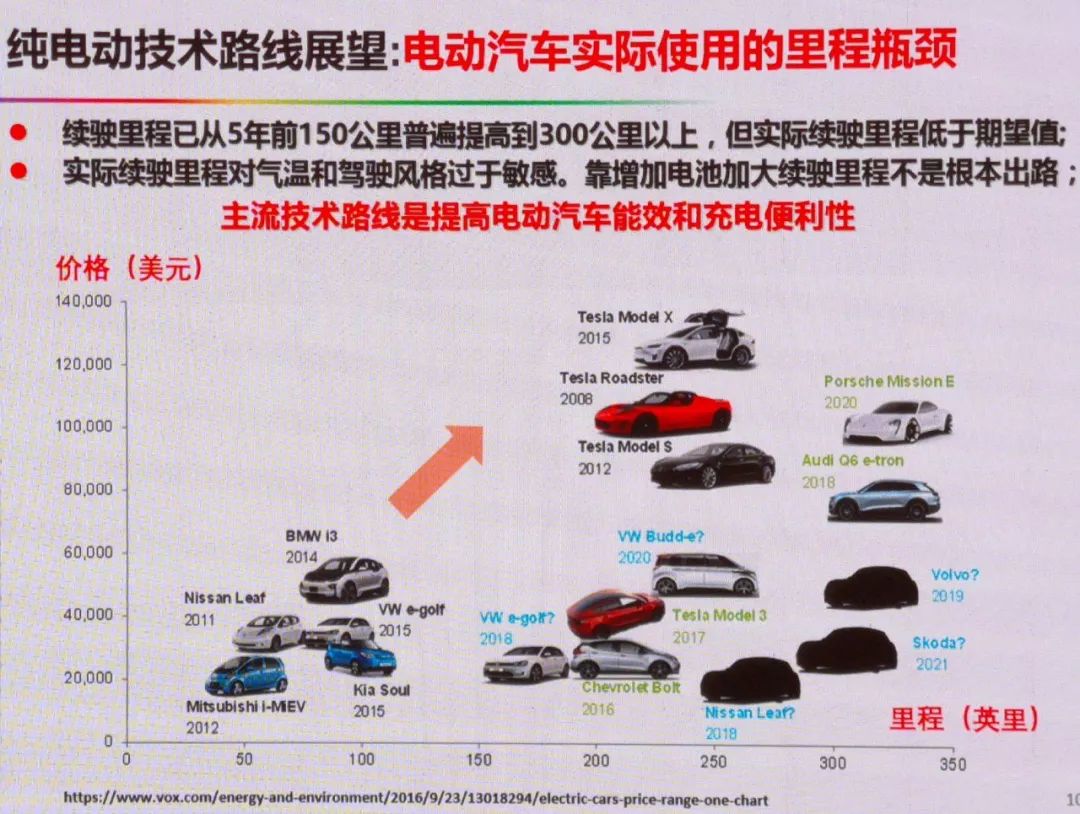

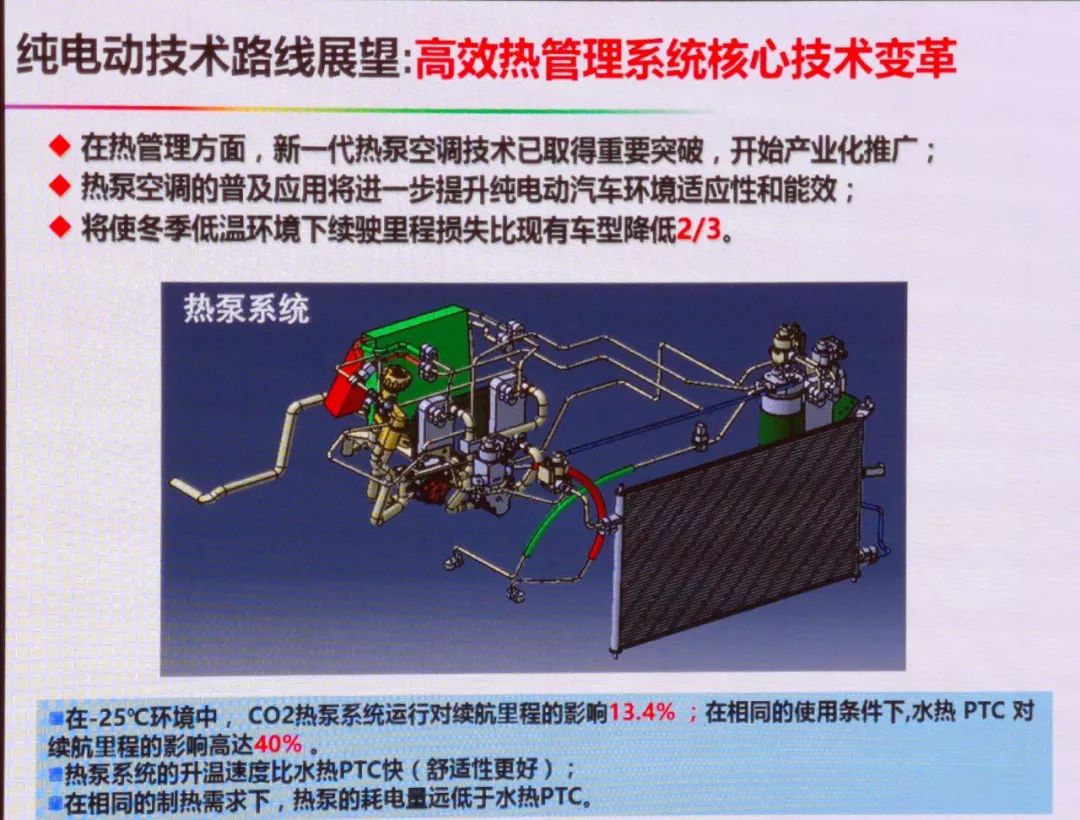
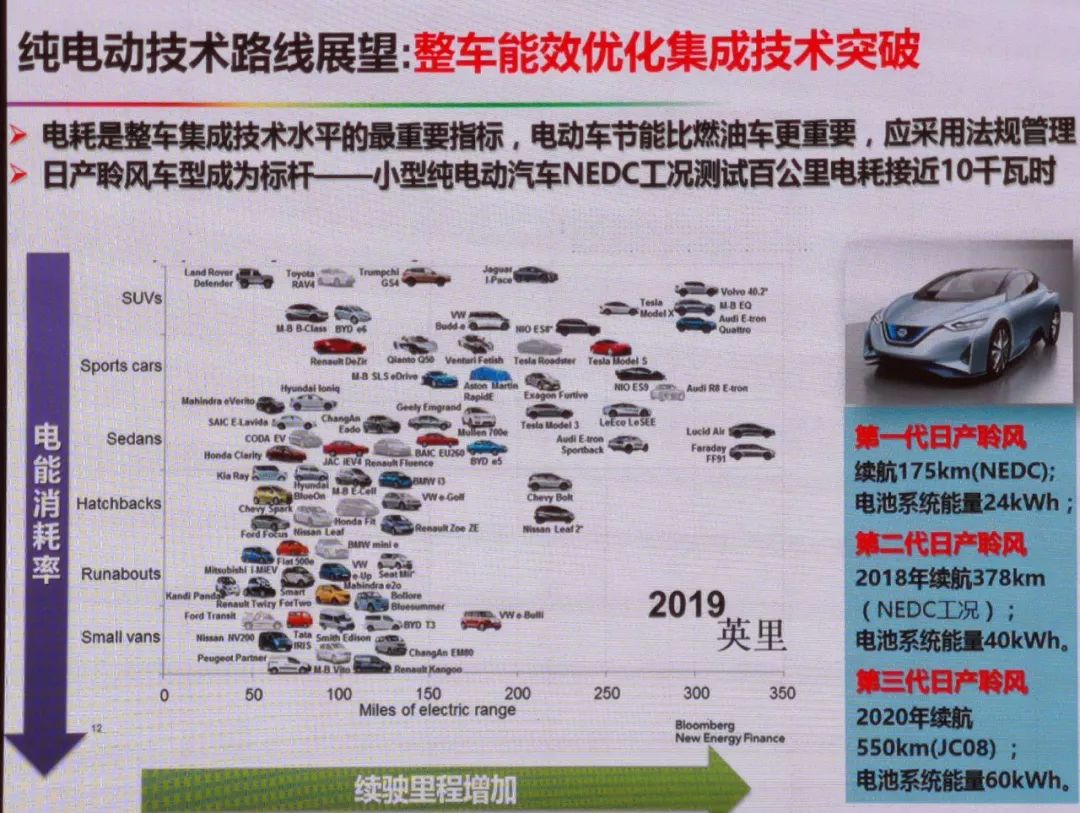

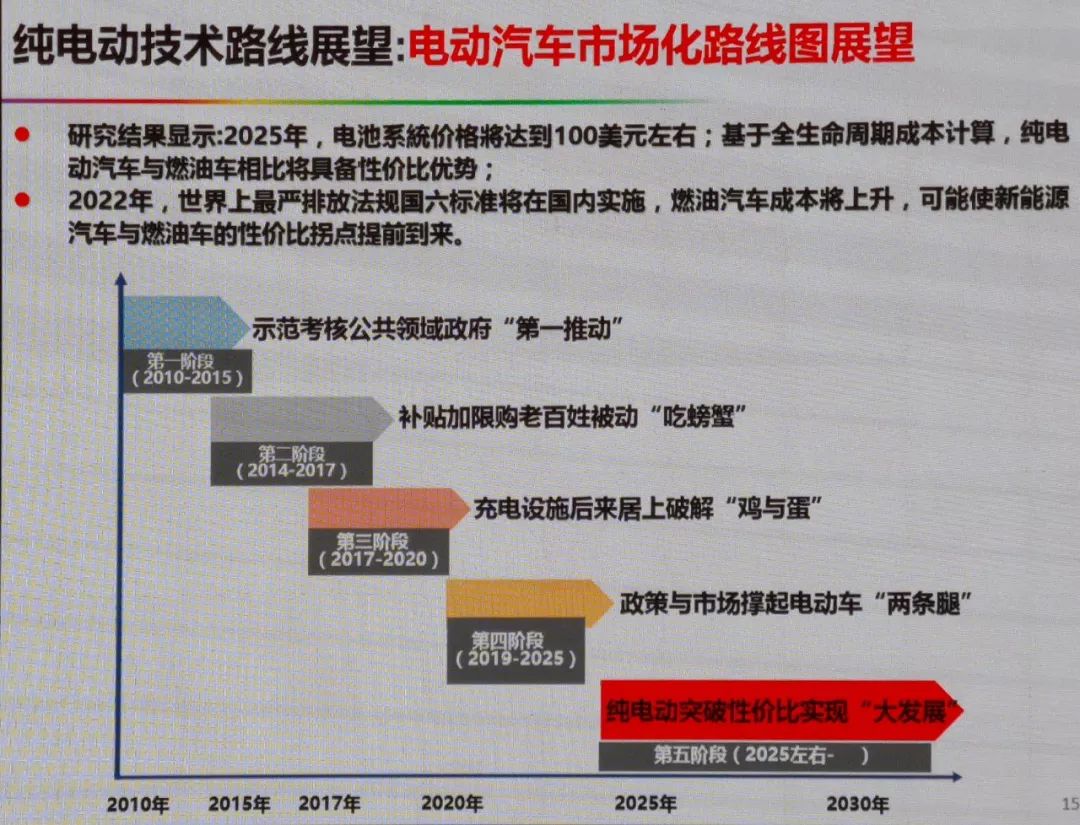

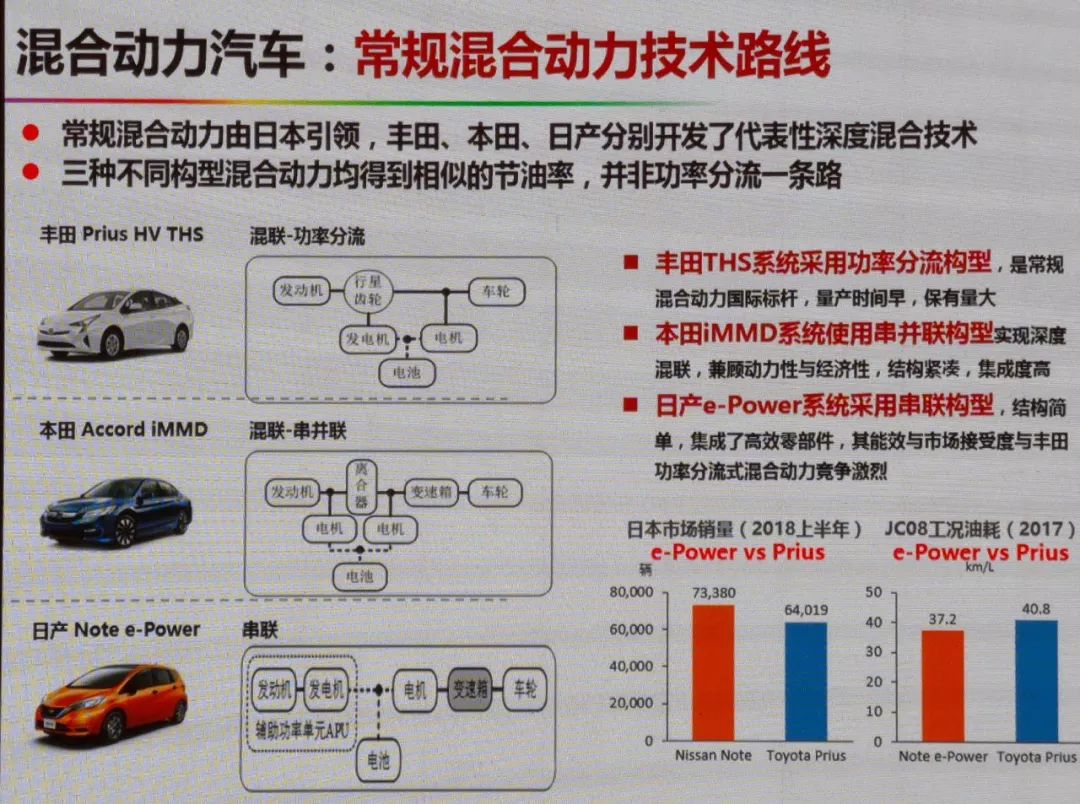
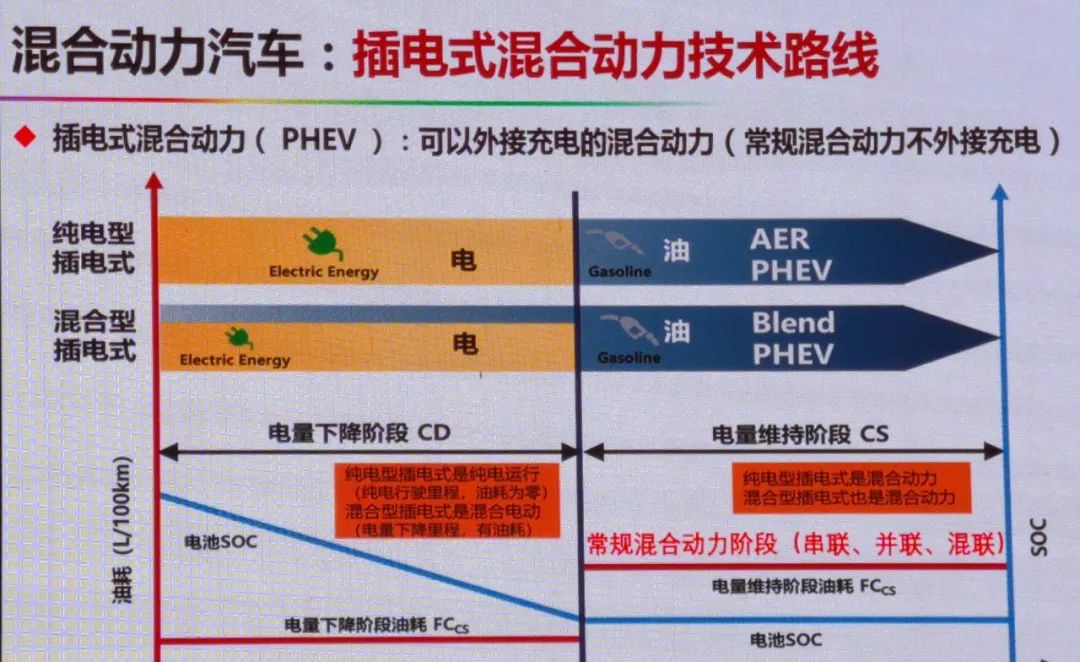
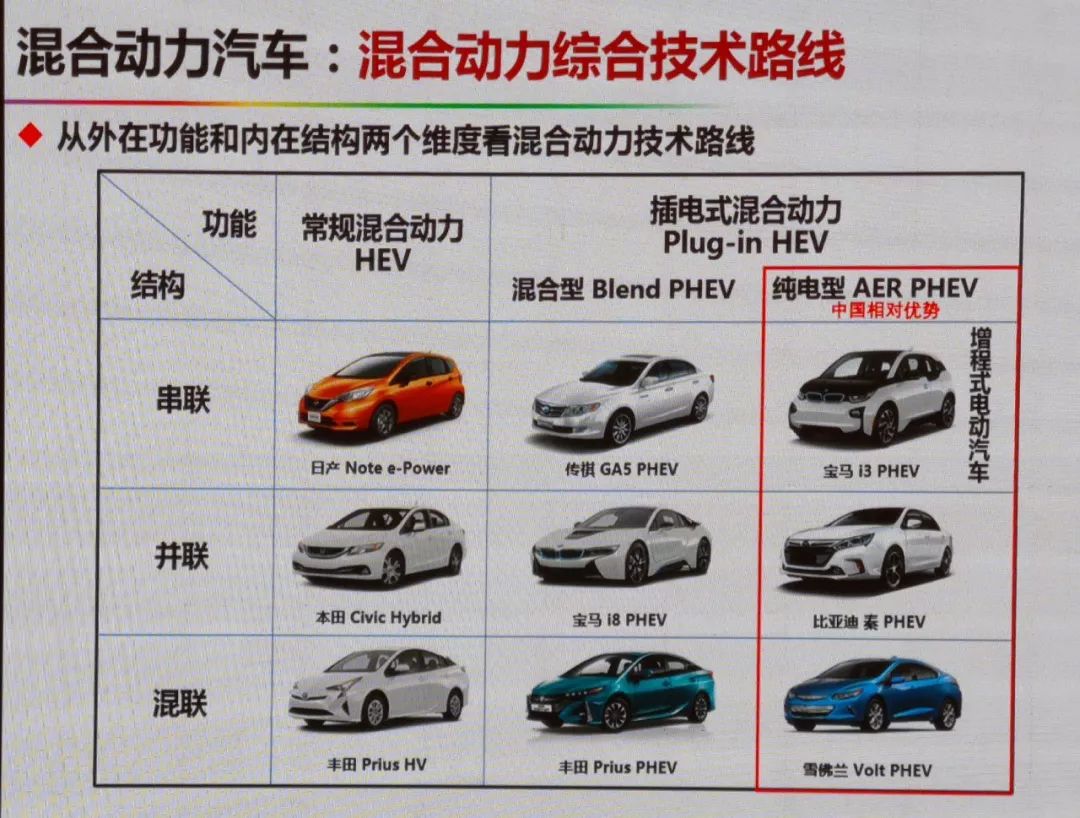
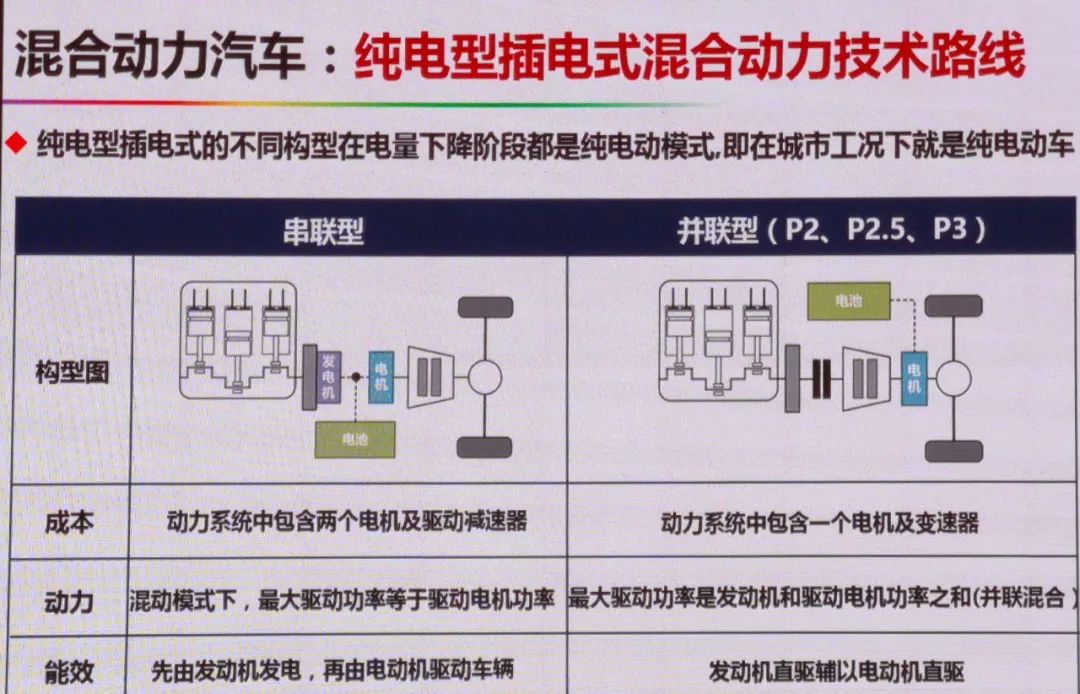
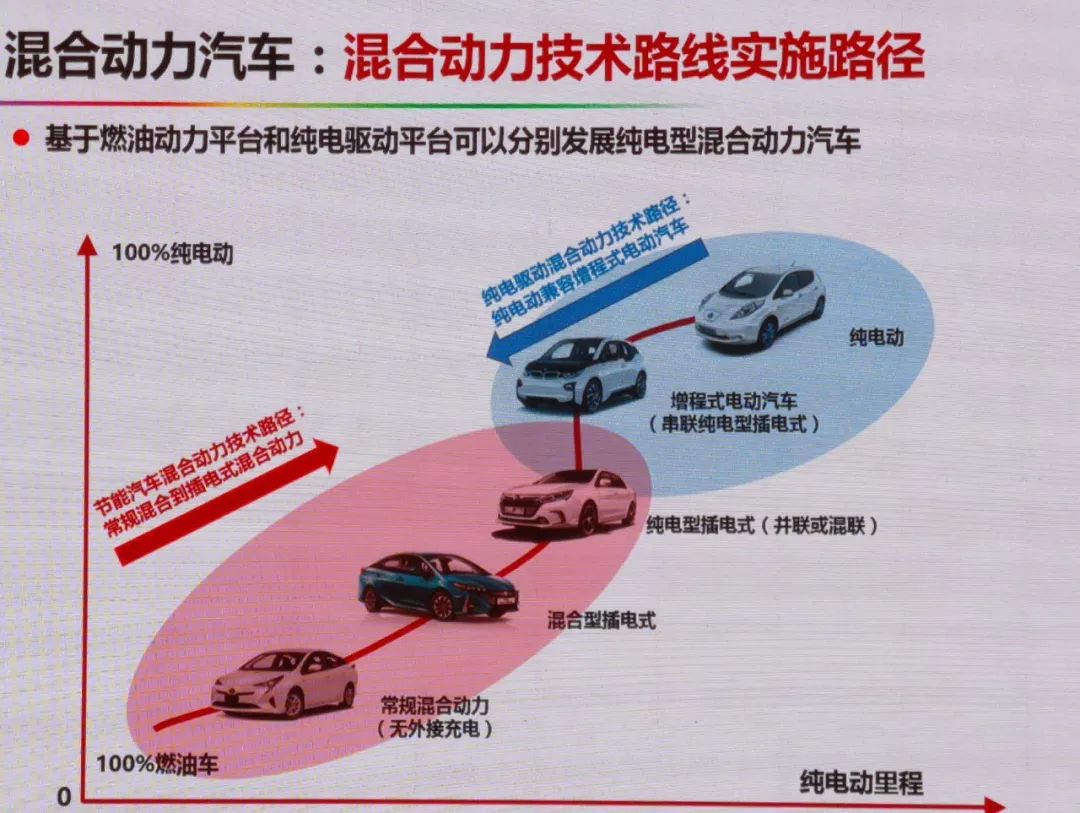
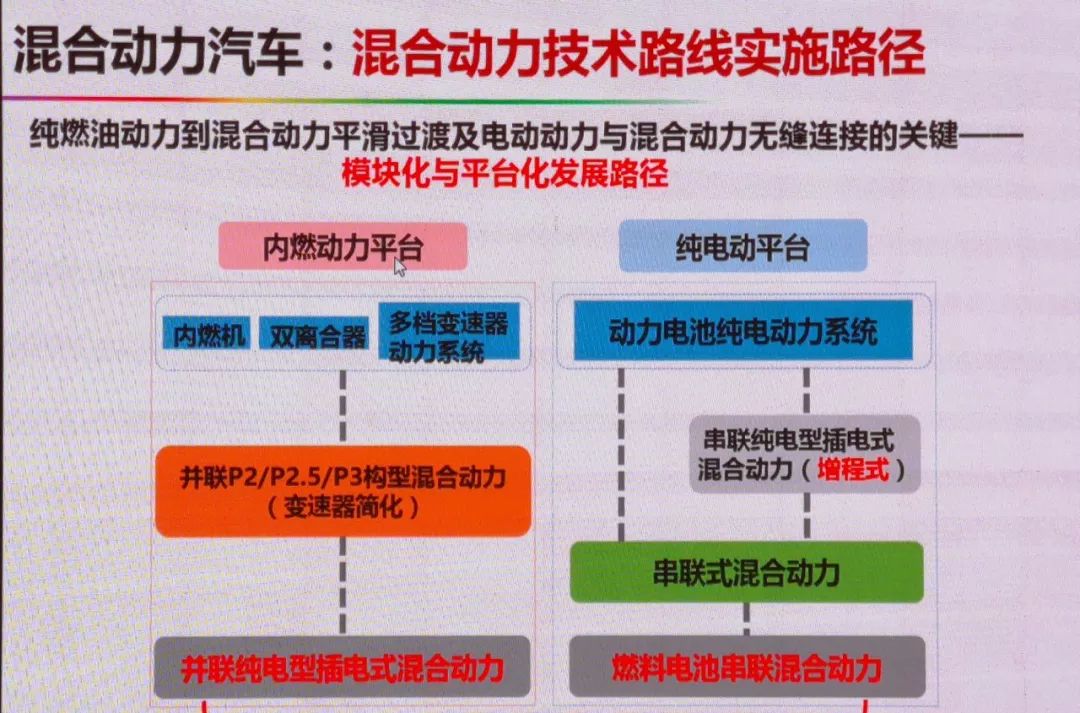
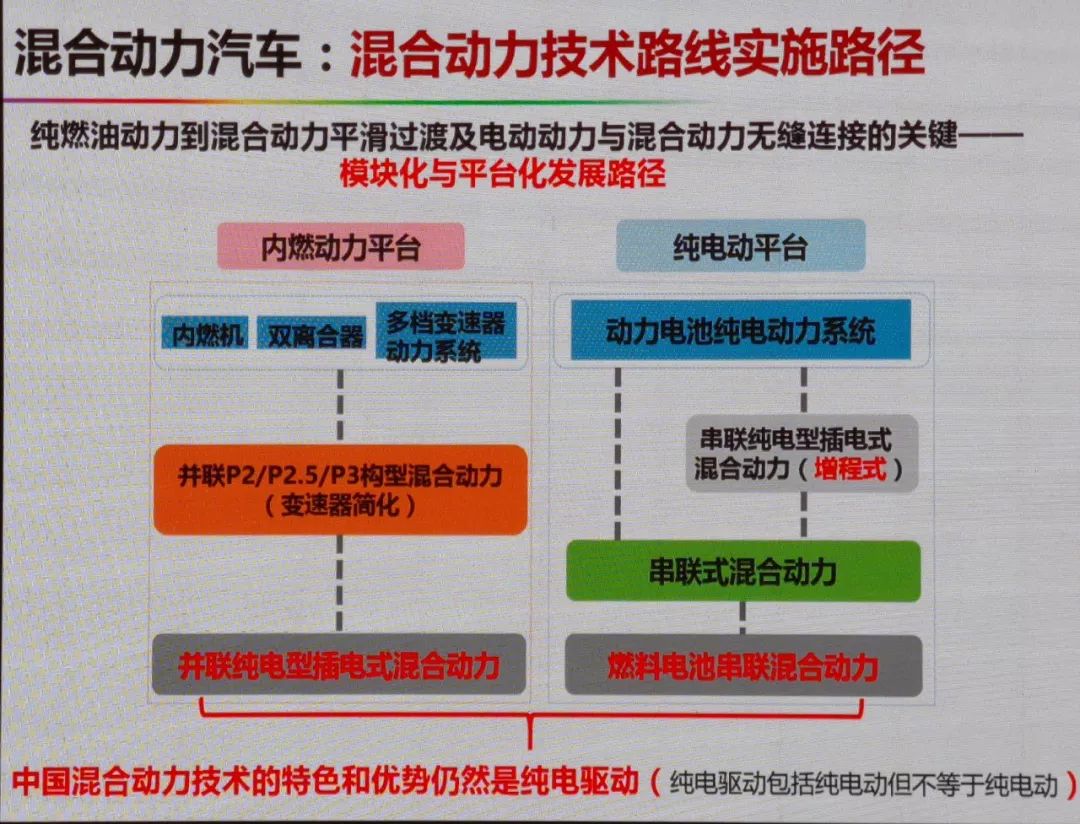
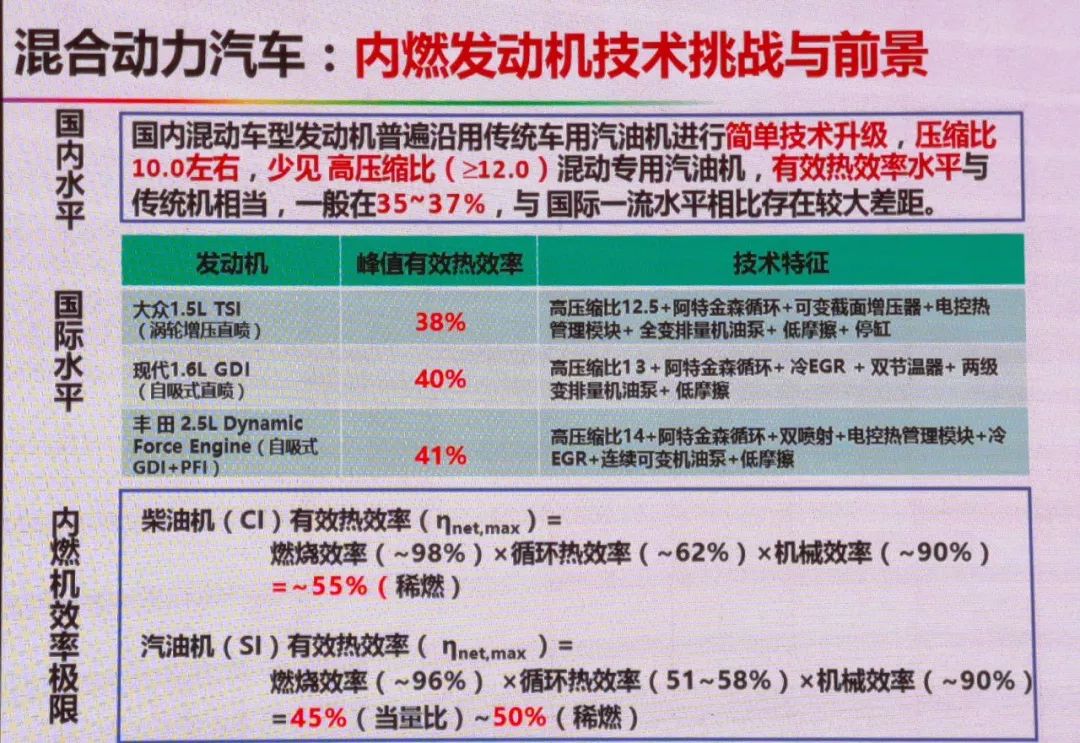
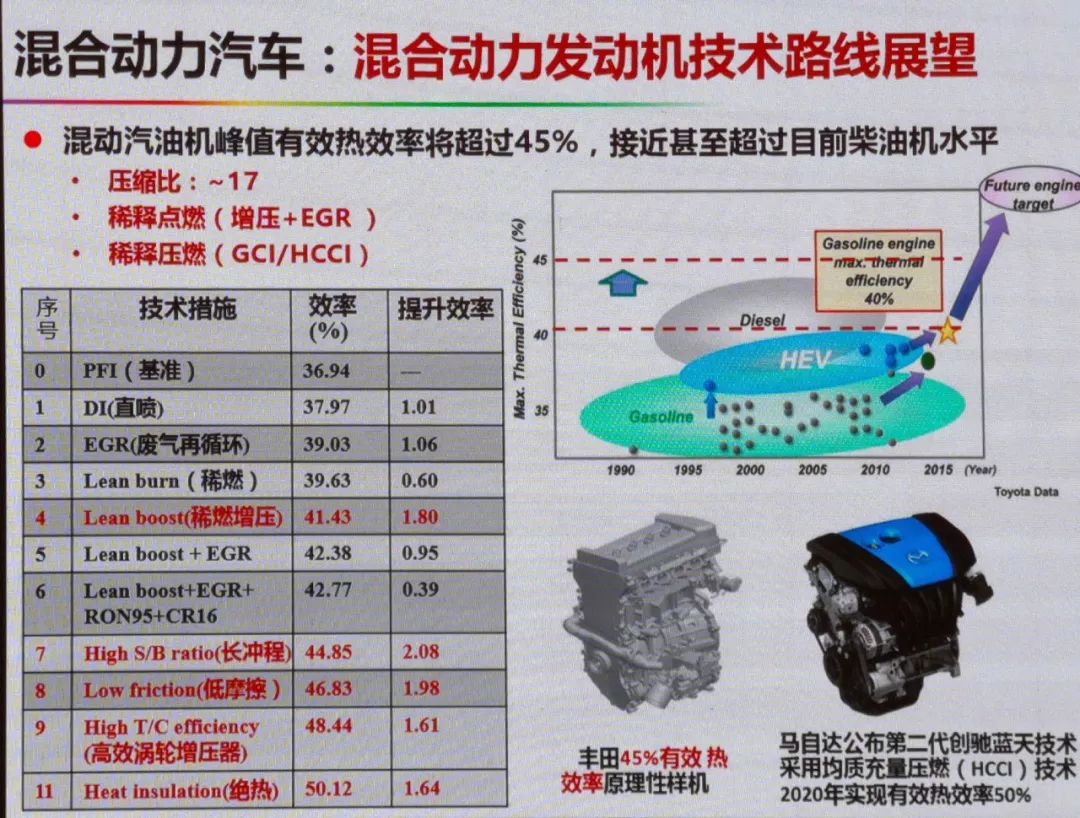
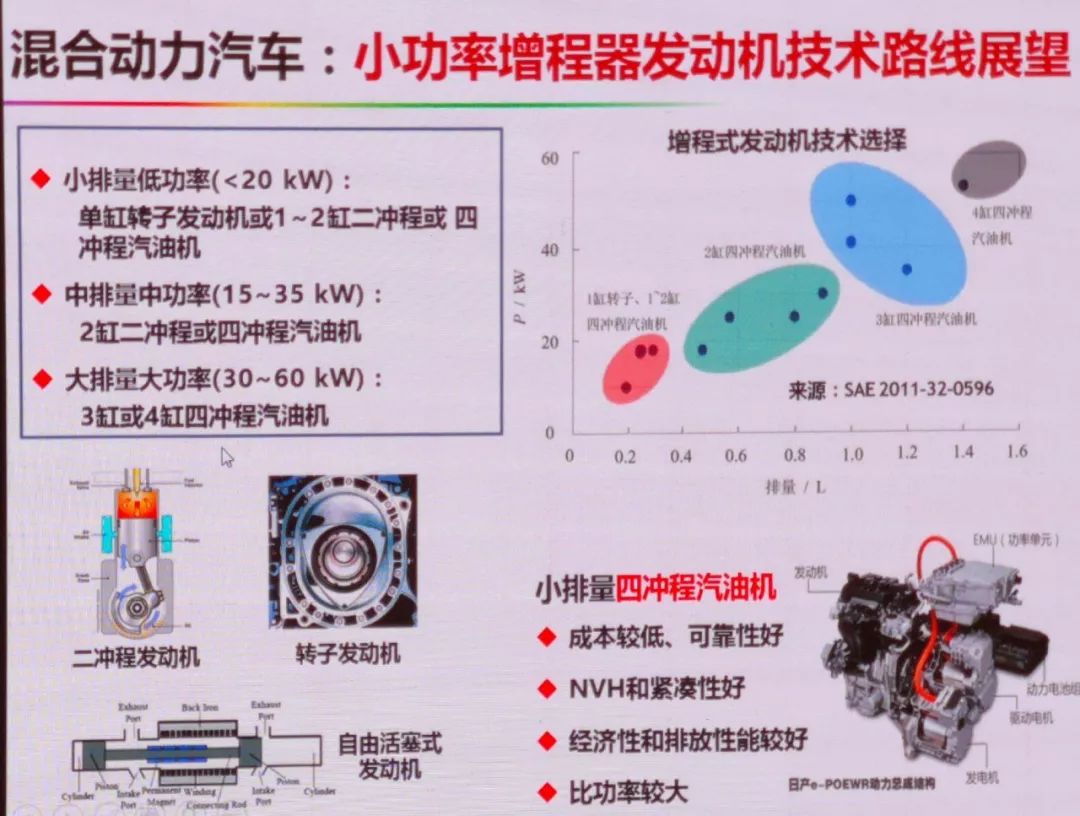
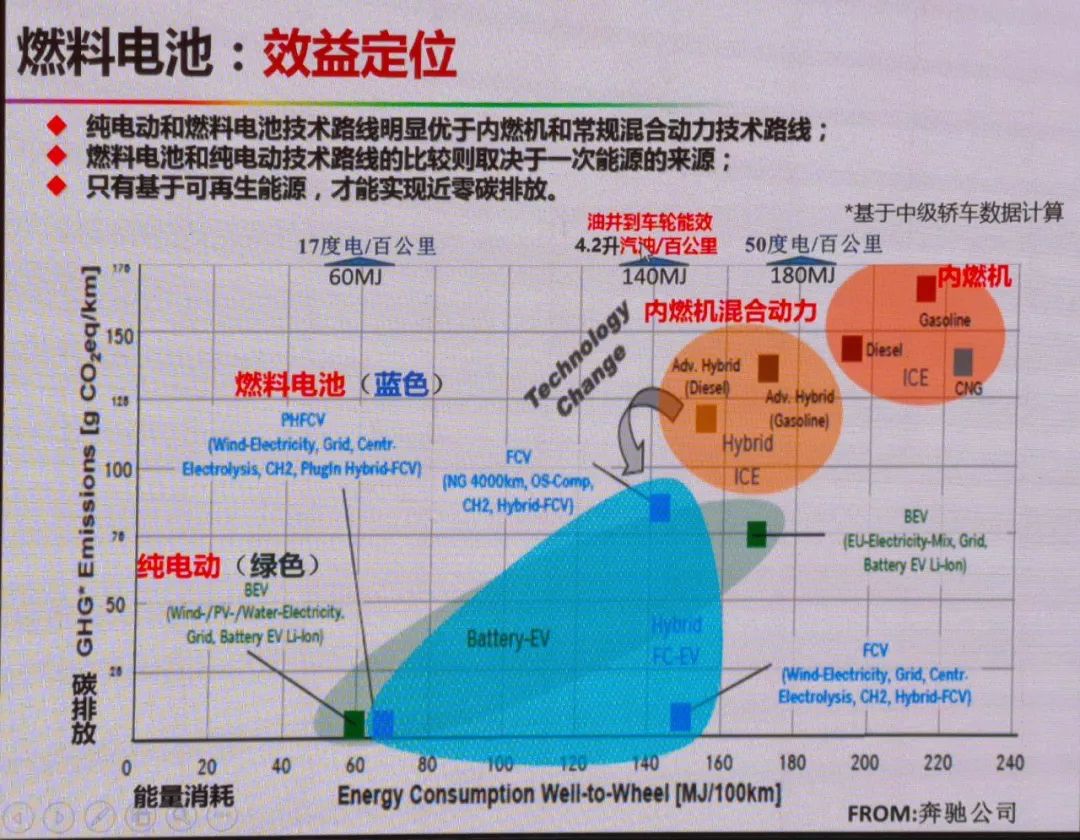
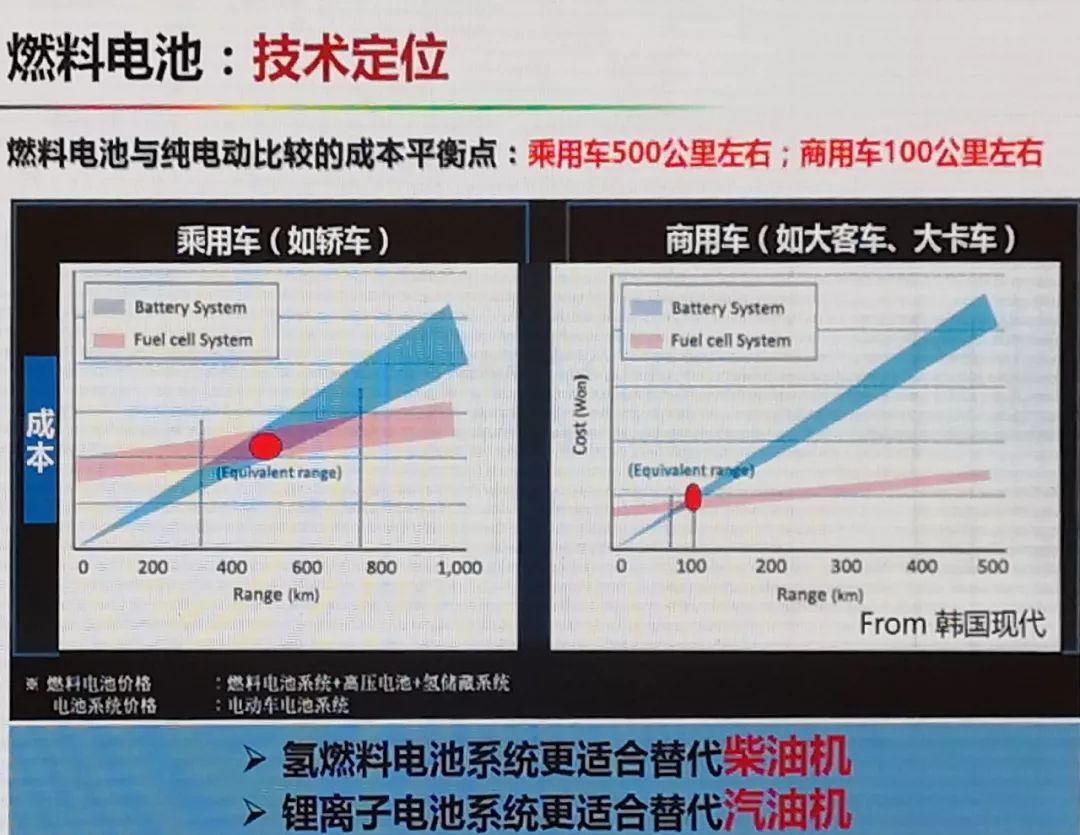
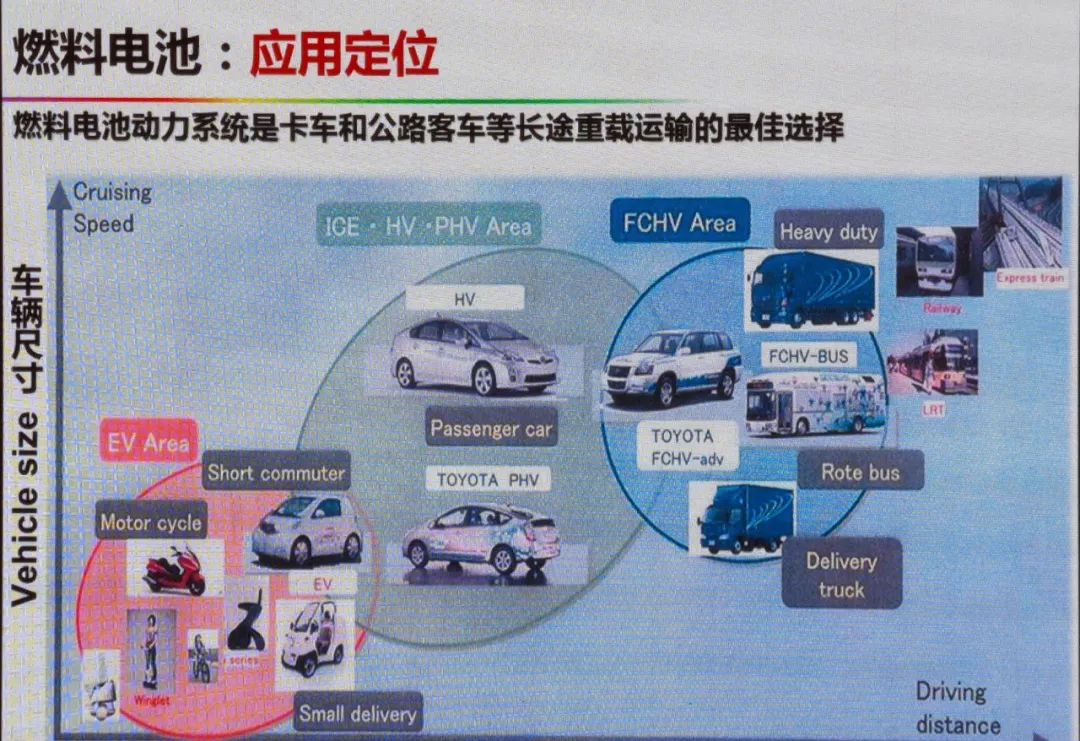
markdown
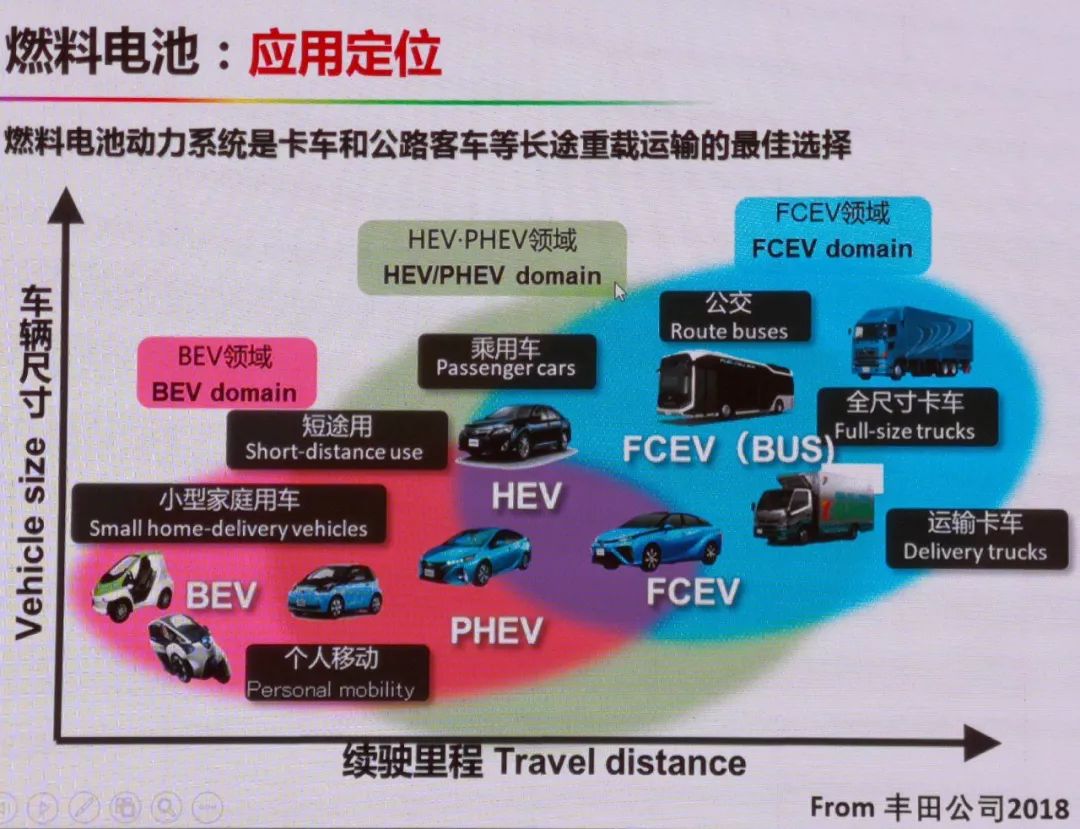

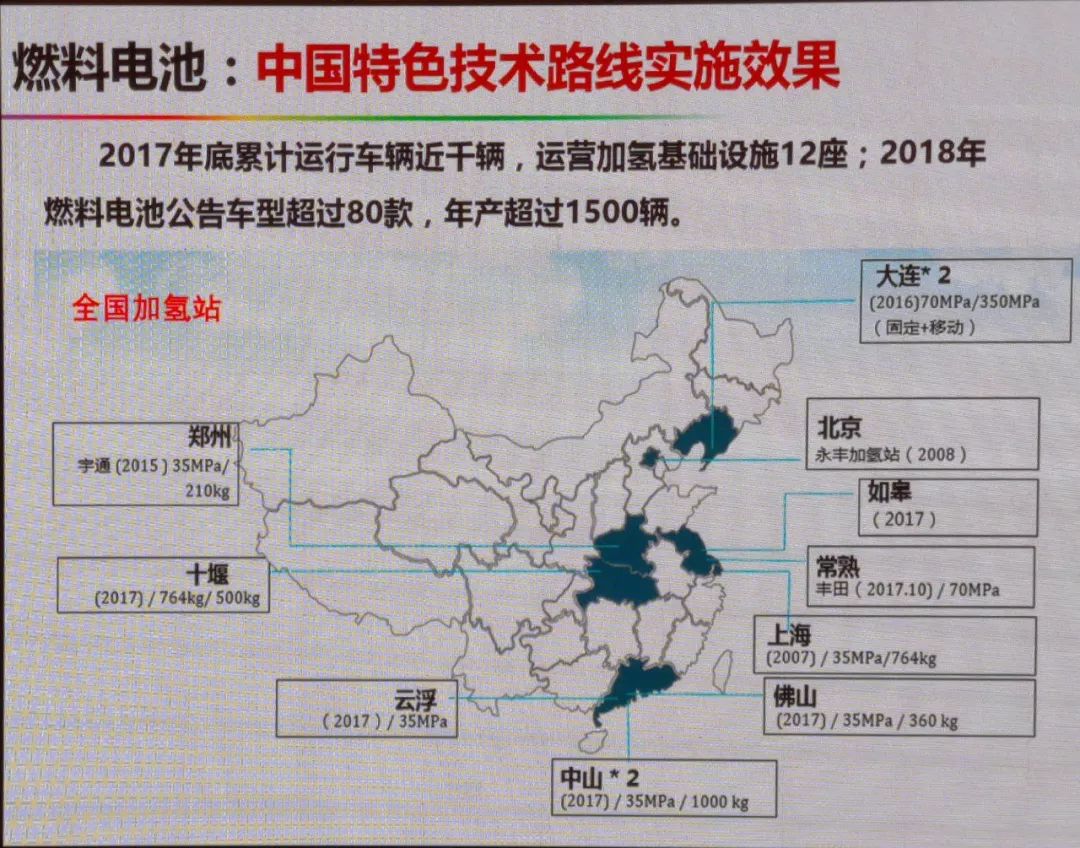

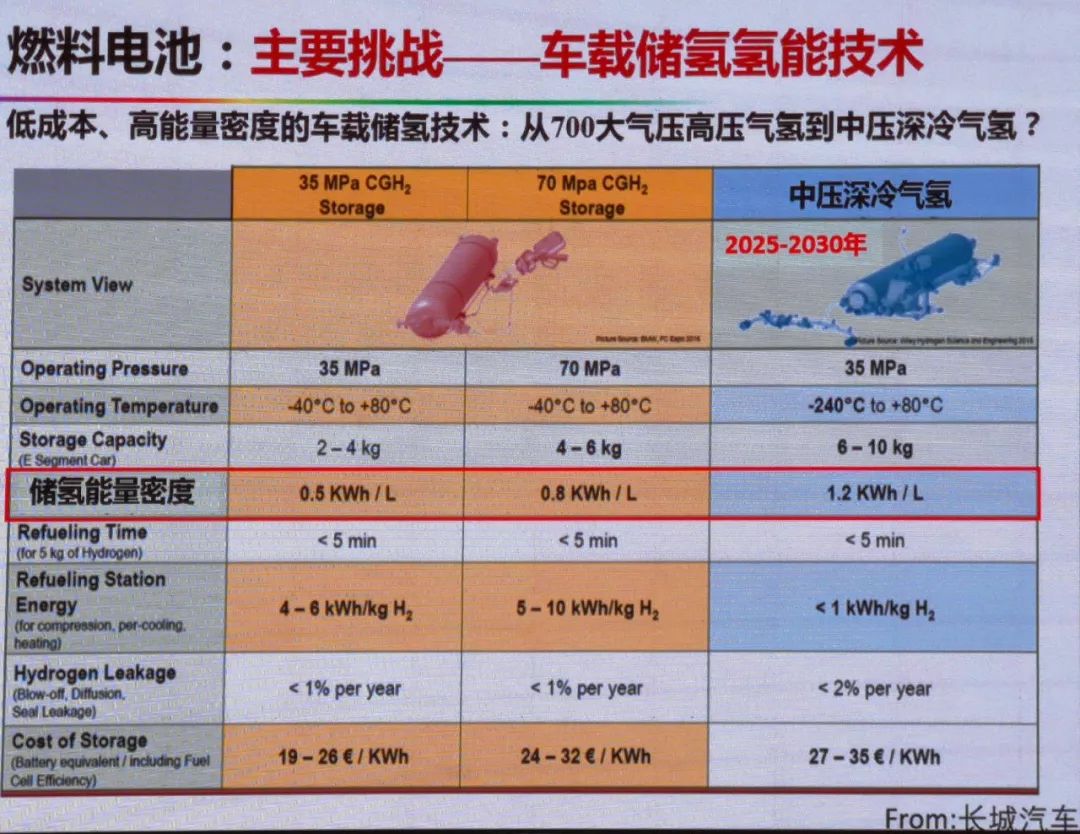
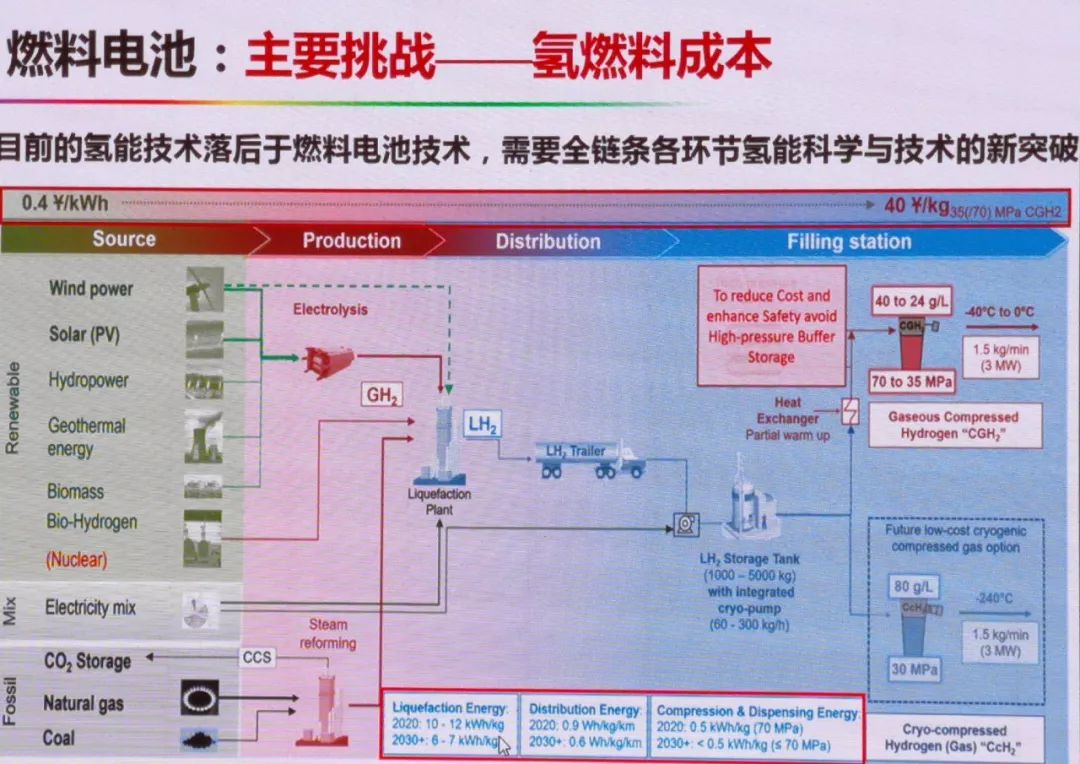
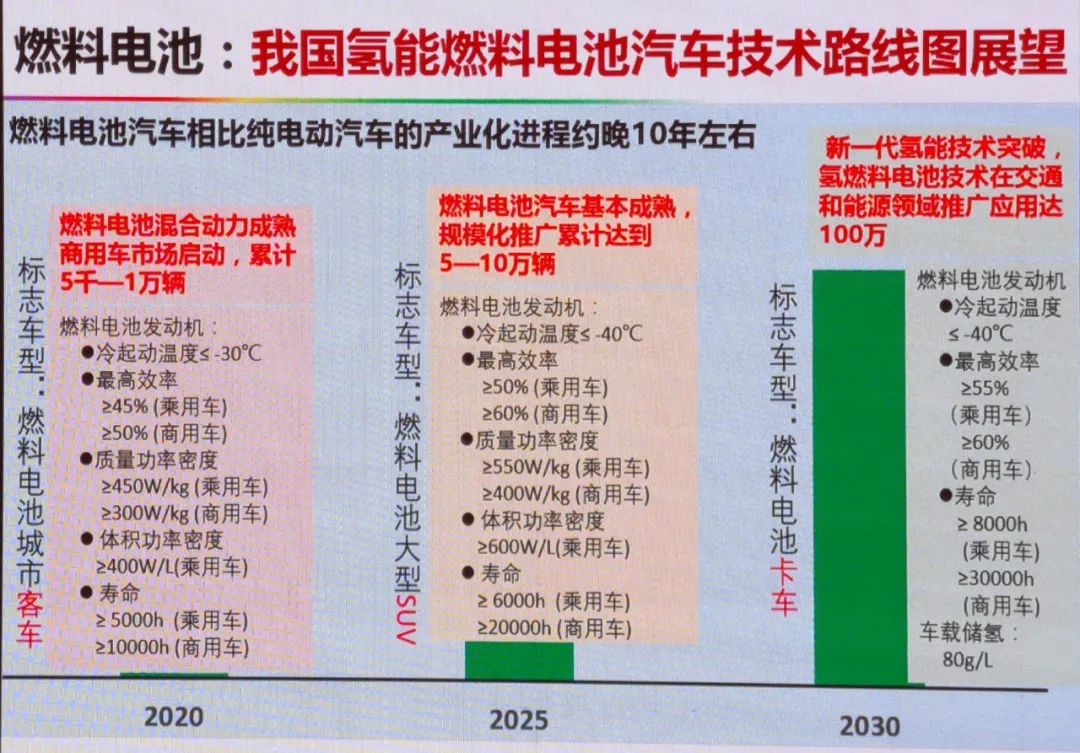




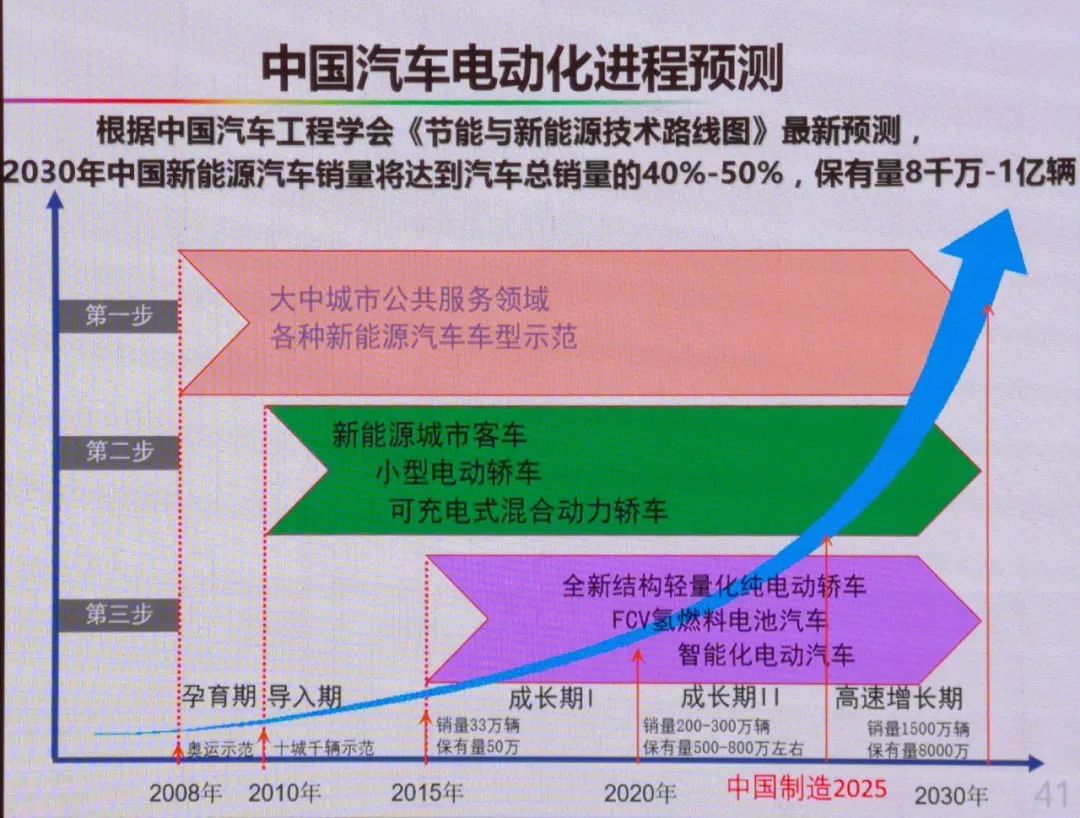
“`

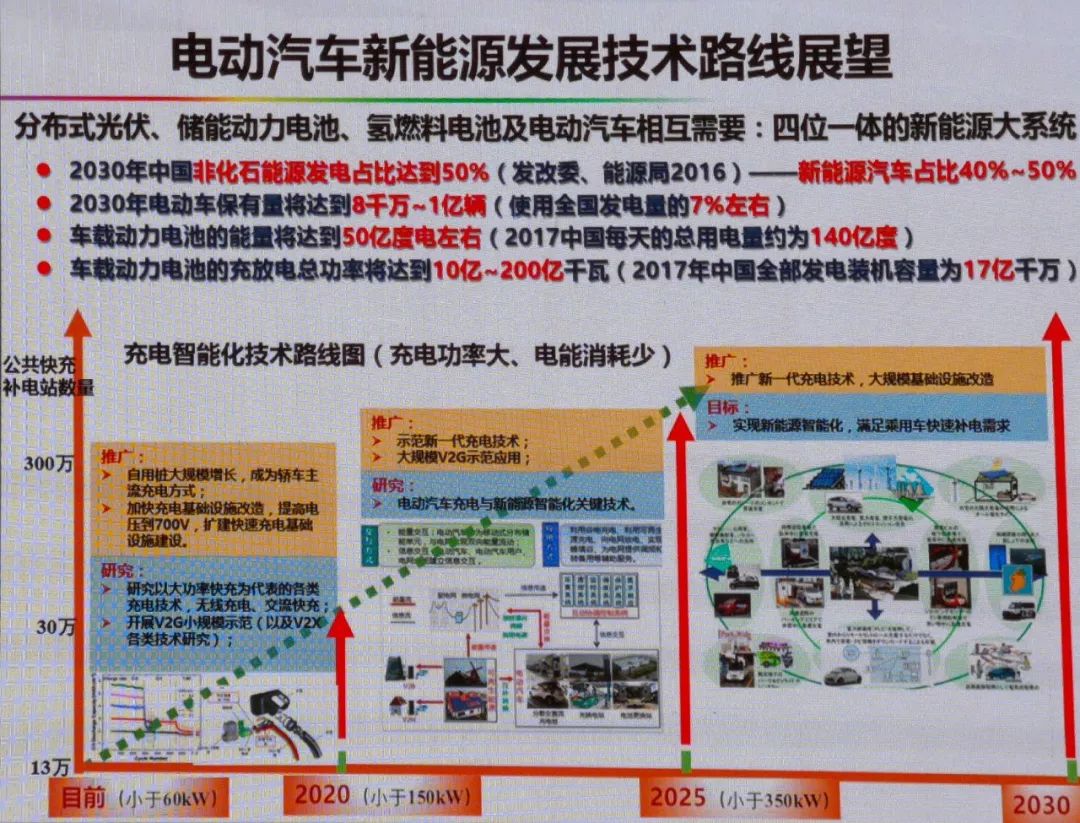
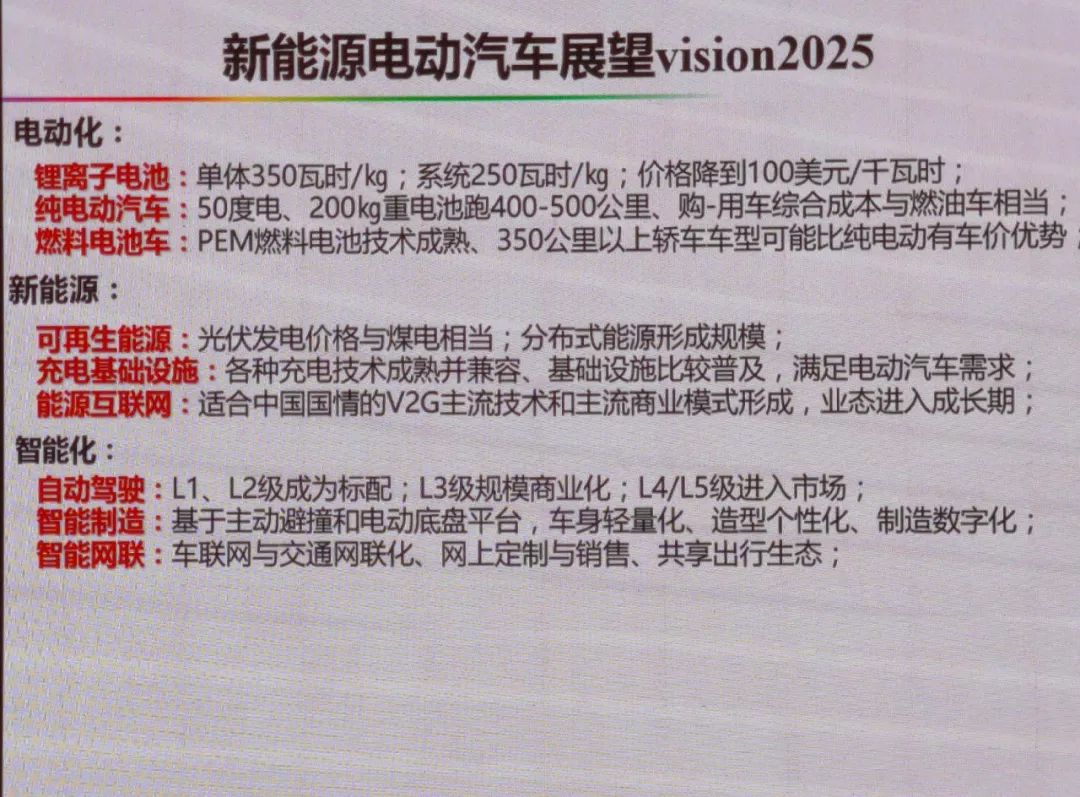
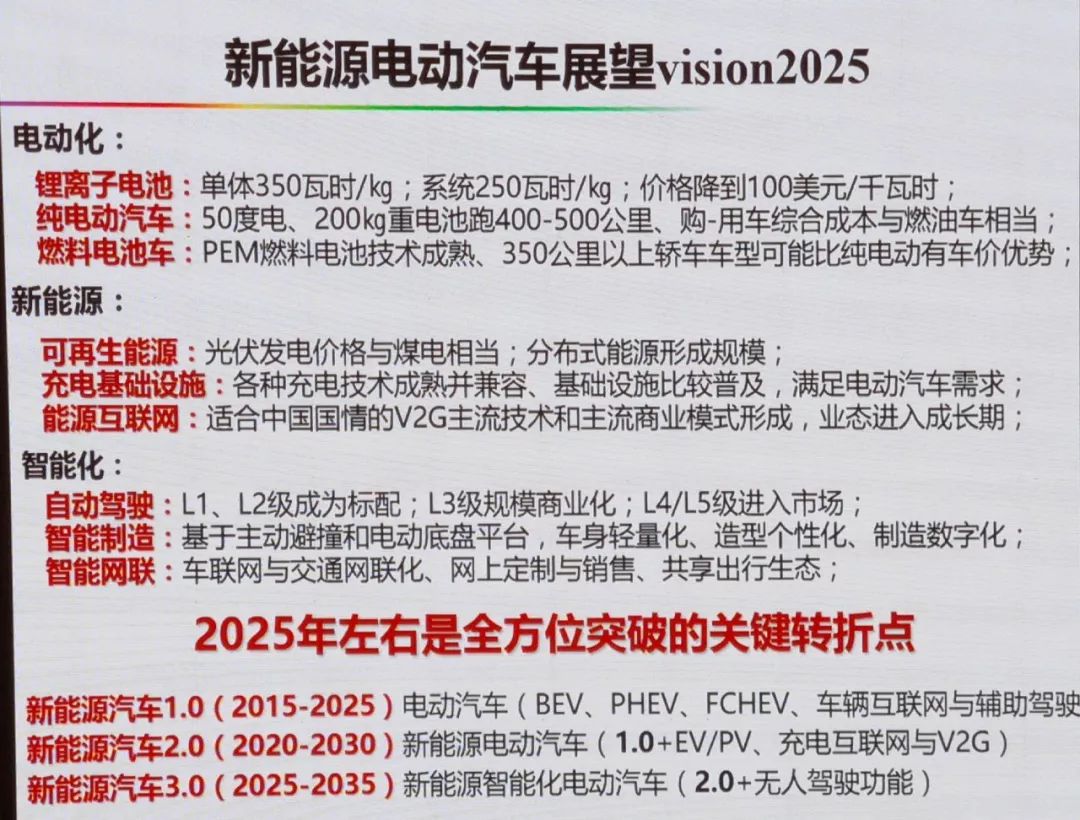


- Dialogue on Future Mobility: The Imagination of Autonomous Driving Technology for Food Delivery with Meituan’s Xia Huaxia* Interview with Zhang Hailiang: The Logic Behind Dianka’s Dual-Brand Drive

This article is a translation by ChatGPT of a Chinese report from 42HOW. If you have any questions about it, please email bd@42how.com.
